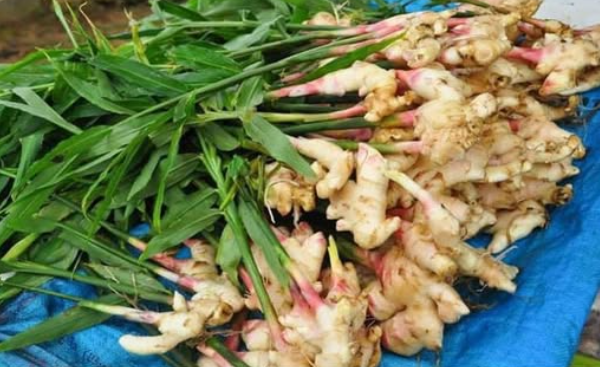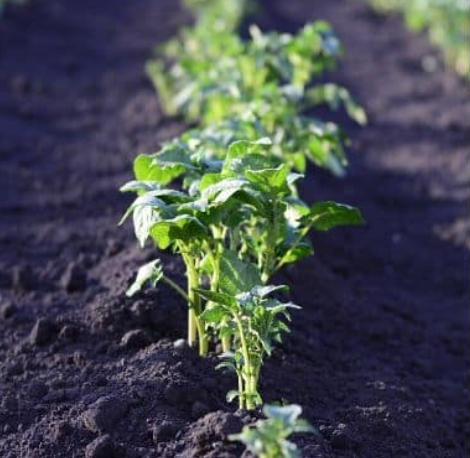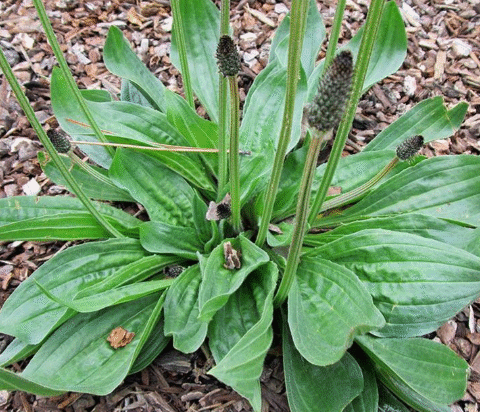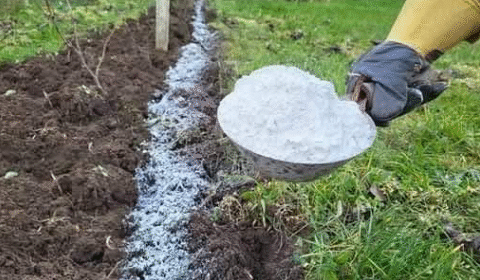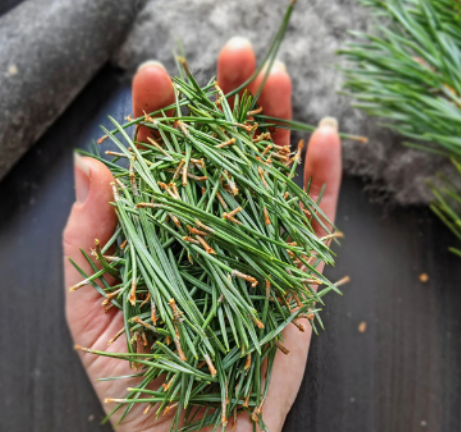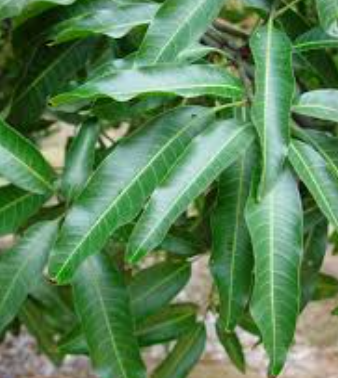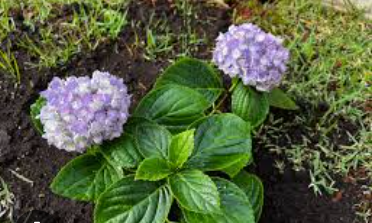How to Grow Ginger in Containers: A Complete Guide for a Bountiful Harvest 🌿
Ginger, celebrated for its aromatic spiciness and powerful health benefits, is a surprisingly easy and rewarding plant to grow—especially in containers. With the right approach, you can enjoy fresh homegrown ginger even in a small space or indoors.
Why Grow Ginger in Containers?
- Space efficiency: Ginger rhizomes spread horizontally just under the soil’s surface, making them ideal for wide, shallow containers.
- Climate control: Easily move your pots indoors in colder months to maintain warmth—ginger thrives between 70‑90 °F (21‑32 °C) :contentReference[oaicite:1]{index=1}.
- Easy harvesting: You can harvest a section of the rhizome without disturbing the plant’s roots, especially baby ginger at 4–5 months :contentReference[oaicite:2]{index=2}.
Step‑by‑Step: Growing Ginger in Containers
1. Choose the Right Container
Use a wide, shallow pot at least 12 inches deep and wide, with good drainage holes. Avoid overly deep containers—17 cm or 7″ is often sufficient, as ginger roots grow laterally :contentReference[oaicite:3]{index=3}.
2. Select Healthy Rhizomes
- Choose plump, firm ginger pieces with visible “eyes” or buds.
- Prefer organic ginger to avoid growth inhibitors commonly used in non‑organic store‑bought roots—if using grocery ginger, soak overnight to remove inhibitors :contentReference[oaicite:4]{index=4}.
3. Prepare the Rhizomes
Cut into 1–2″ segments, each with at least one or two buds. Allow cuts to dry for 24–48 hours to form a callus, helping prevent rot :contentReference[oaicite:5]{index=5}.
4. Prepare the Soil Mix
Use a loose, well‑draining medium rich in organic matter. A mix of potting soil, compost or worm castings, and sand or perlite (ratio ~2:1:1) works well, avoiding heavy, compacted soils :contentReference[oaicite:6]{index=6}.
5. Planting the Rhizomes
Place rhizome segments horizontally on the soil with buds facing up. Cover with only 1–2″ of soil and water lightly. Do not bury deeply—just enough to moisten and settle :contentReference[oaicite:7]{index=7}.
6. Watering and Indoor Care
- Keep soil slightly moist—but never waterlogged—to simulate natural wet-dry cycles :contentReference[oaicite:8]{index=8}.
- Water when the top inch of soil is dry, usually once or twice weekly (less in cooler weather).
- Maintain high humidity by misting soil or placing pots on pebble trays.
7. Light and Temperature Requirements
Ginger prefers indirect light or filtered sun (4–6 hours per day). Avoid scorching afternoon sun. Ensure temperature stays above ~55°F (12 °C), ideally 70–85°F (21–29 °C) :contentReference[oaicite:9]{index=9}.
8. Fertilizing for Growth
Ginger is a heavy feeder. Feed with organic options like compost tea, fish emulsion, or liquid seaweed every 4–6 weeks. Avoid excessive nitrogen to prevent leafy growth at the expense of rhizome development :contentReference[oaicite:10]{index=10}.
9. Mulching & Mounding
Add 1–2″ of organic mulch (straw, leaf mold) to retain moisture and warmth. As shoots grow, hill extra soil or compost around stems to encourage rhizome formation just beneath the surface :contentReference[oaicite:11]{index=11}.
10. Harvesting Techniques
- Baby ginger: At around 4–5 months, gently remove a portion without uprooting the plant :contentReference[oaicite:12]{index=12}.
- Full harvest: When foliage turns yellow and dies back (usually 9–10 months), gently dig up rhizomes before frost arrives :contentReference[oaicite:13]{index=13}.
Expert & Community Insights
Reddit user “kefi247” recommends a soil mix of ~40 % compost, 30 % perlite, 20 % sand, and some worm castings. They reported nearly doubling their yield with better drainage support. They also noted leaves and stalks are edible—great for tea or seasoning :contentReference[oaicite:14]{index=14}.
Health Benefits & Uses
- Ginger contains anti-inflammatory compounds (gingerol), easing nausea, digestive upset, and supporting circulation :contentReference[oaicite:15]{index=15}.
- Homegrown ginger is pesticide-free and ensures full traceability from soil to table.
Nutritional Benefits Table
| Nutrient or Property | Typical Value | Health Benefit |
|---|---|---|
| Gingerol compounds | High | Anti-inflammatory, antioxidant |
| Vitamin C, manganese | Moderate | Immune support, metabolism |
| Minerals (potassium, magnesium) | Small amounts | Bone & muscle health |
| Fiber | ~2–3 g per 100 g | Digestive support |
| Calories | ~80 kcal per 100 g | Low-caloric spice |
10 Frequently Asked Questions (FAQs)
- How long until ginger sprouts? Typically 2–6 weeks, depending on temperature and moisture.
- Can I harvest early? Yes—small pieces can be harvested at 4–5 months, leaving the plant to continue growing.
- How deep should the pot be? A minimum of 12 inches deep works well; depth beyond ~17 cm isn’t necessary.
- What soil is best? Loose, organic-rich, well-draining soil with compost and sand or perlite.
- How often to water? When the top 1 in of soil dries—usually once or twice weekly. Avoid waterlogging.
- Can ginger flower? Yes, but flowering diverts energy away from rhizome growth—snip flower stalks if you want root yield :contentReference[oaicite:16]{index=16}.
- Do indoor growers need grow lights? Supplemental lighting helps, especially in cooler or less sunny indoor settings.
- Can parts other than the root be used? Yes—stems and leaves can be brewed into tea or used like bay leaves in cooking.
- When should I plant? Spring is ideal—plant indoors early, then move outdoors after the last frost when soil warms above ~55°F.
- How to store harvested ginger? Store in the fridge for a few weeks or freeze in sealed containers for several months :contentReference[oaicite:17]{index=17}.
Tips for a Huge Harvest 🌱
- Ensure excellent drainage—soggy soil can lead to rot.
- Use large, wide containers that give rhizomes space to spread.
- Feed regularly with organic fertilizer to promote strong root growth.
- Mulch and hill soil as shoots emerge to encourage fresh root growth.
Final Thoughts
Growing ginger in containers is a rewarding way to add fresh, flavorful, and healthful spice to your kitchen supplies. Whether you’re in a warm climate or growing indoors, following best practices—such as choosing the right pot, soil, watering, and feeding—ensures success. With minimal effort over 8–10 months, you can harvest rhizomes repeatedly and even reuse the cycle for future plants.
Let me know if you’d like simple recipe ideas using your homegrown ginger, printable planting schedules tailored to your climate, or any other gardening tips! 🌼
